
Spring is the time of the year I, like most carp anglers, look forward to the most. Not only are the longer days and lighter evenings so much more pleasant than the long winter ones, but also the rewards are there be had and when the fish are often at their easiest to catch.
That said it’s easy to become blasé and think that it’s going to be far simpler to land a string of whackers than it actually is. Although the carp are much more visible and generally show themselves that much more than any other time of the year, I often see many people make mistakes which cost them chances. I’ve done it myself a number of times, and then come away with nothing, kicking myself for being so stupid.
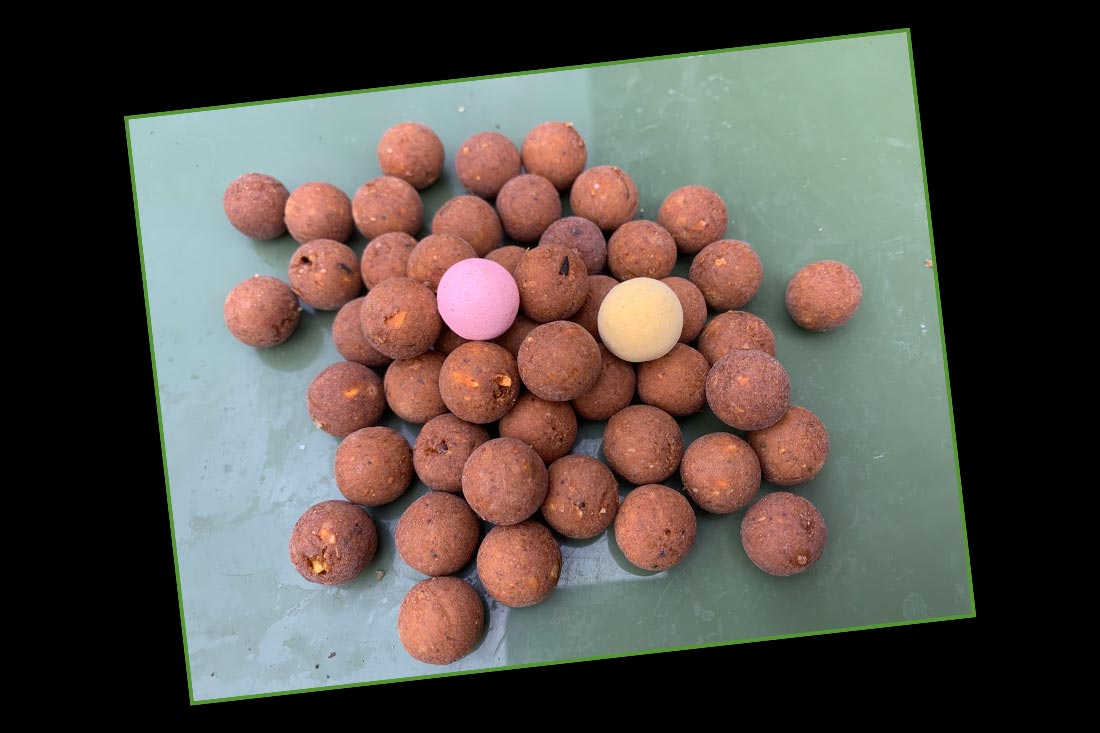
I think the most common mistake comes with baiting approaches. This is where I’ve certainly got it wrong, after thinking the fish are up for a big feed after a long winter, and then putting too much in and spoiling everything before I’ve almost started. I now try to view spring as a one bite at a time approach, this is my way of stopping myself over baiting. Single hook baits often score well in spring, and although I’ve caught on these, I must admit to having more confidence in fishing over some bait. The main factor with baiting is also how mobile the fish are at this time of year. Whilst they may hold up in snags hit by the sun during long parts of the day, they can also fly around the lake making location tricky to say the least. The question that arises, is how much bait do you need to get them to stop and feed, or is going for singles in an attempt to grab a bite the better method?
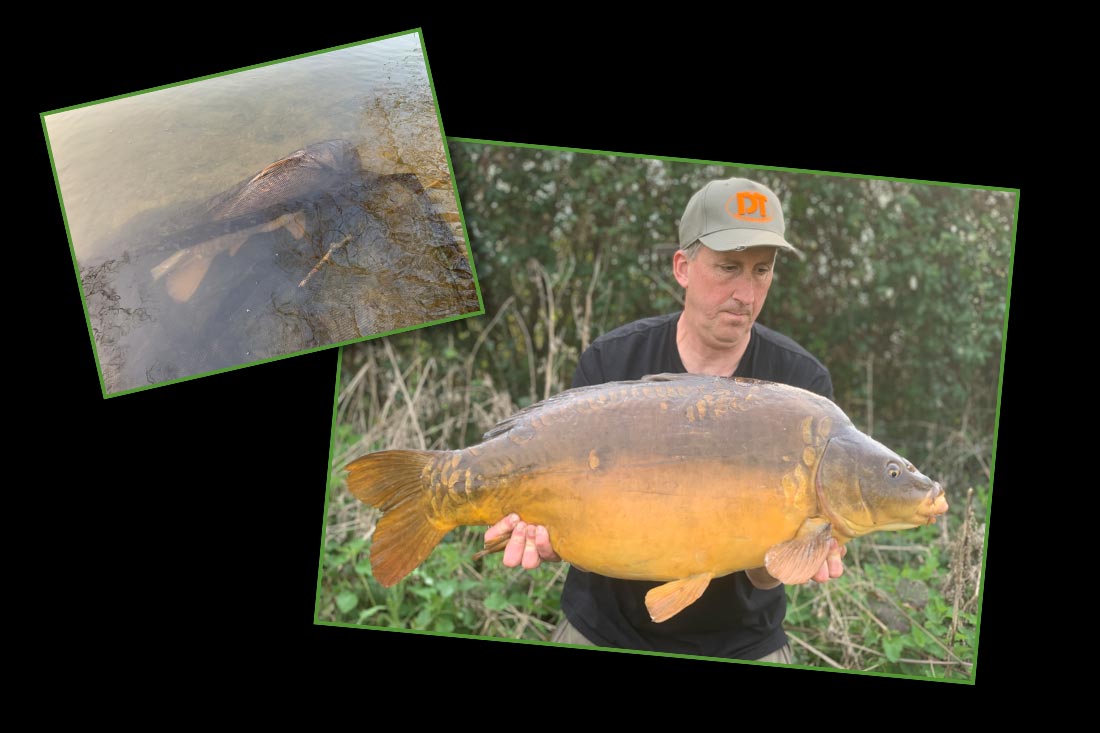
When fishing in or near snags the baiting is more straightforward, as the fish normally remain static in there for longer periods, but out in the lake that is often very different. Success comes for me around this when I can anticipate where the fish are going to be at some point while I’m there, and having my traps set in advance of them arriving. This is the greatest skill to be able to have really, but it’s not easy! Find the fish is an often-heard piece of advice, but when they’re bombing around and around it’s not that straightforward. I’ve chased them round the lake, only to set up on fish, and have them move very soon after, not necessarily because I’ve scared them off, but just because they are so much on the move. I try and look for bottle neck areas, or approaches that funnel fish into the snags, and get my baits plotted up ready. Fish rarely spend nights in snags, so I look for chances on routes on their way out in the evenings, and on their way back in the following morning. I can clearly remember an example of this, I arrived on one of the first warm days of the year to find several fish sat up in the biggest snag tree in the lake. One of them was a decent fish, much wider across the back than the others, and I estimated him to be close to 40lbs. He was content weaving in and out of the mass of branches in the warm sun, and seemingly oblivious to me as I watched him for ages from a bit of raised bank above. The nearest swim was a small gap really, and it wasn’t possible to cast anywhere close to the snags anyway, partly because of the angle, but also as it was far too risky, as I knew how savage they were from just peering in there, the twisted branches going down deep and stretching far out. However, I felt that the margin of this swim was a point that they would exit past in order to get out into the main lake. To be fair I had a pretty good idea that they weren’t going to stay in there, and sure enough as the sun began to dip down, less and less fish were present. Just on dark I was sure nothing was in there at all. I flicked out two rods in the gap swim, both no more than a rod length out either side, with small 1.5 oz leads on and hinged stiff rigs with sharp Covert Dark Chod hooks and feeling the leads down until both hit with nice firm thuds. I put out half a dozen boilies as quietly as I could and sat back hoping I’d have a chance the following morning. Sure enough an hour or so after first light my left-hand rod was away, and after a tense battle in the confined swim, I netted was what without doubt the big mirror I had watched in the snags the previous day. A capture bought about by having my traps set in early enough, and a valuable lesson learnt about pre-planning.
I’m sure that putting a big hit of bait in wouldn’t have helped me there, and even though I like boilie fishing, I’ve definitely toned that down during the spring period. I think the heavy baiting works better after spawning, normally around June, and that method has better success then with the fish are looking to replace lost weight. I do like alternative coloured pop ups though, and these seem to really go well in April and May. My spring and summer bait this year is DT Pukka Fish, which is a yellow/brown coloured fishmeal, but I’ve already had excellent results fishing different coloured pop ups over this. My favourites being pink and orange, and a pale pink over flavoured pop up really does work well, even on harder waters where it may look a bit blatant. However, this tactic may have a shelf life, and as spring goes in summer I generally move over to matching hook baits. Coloured hook baits make presentation almost like single pop-up fishing, but actually over free bait, if that makes sense. I’ve often had instant bites, before the fish have certainly eaten all the free baits, as the brighter hook bait often gets taken first. It can be an easy way of getting baiting right, as it gives you that margin for error.

Lastly, rig presentation is often overlooked. I think at this time of year, making your end tackle and main lines as covert as possible is vital. The spring months are often when the water clarity is at its best, and with the lack of weed, rigs and lines will tend to stand out far more than at any other times. I’m obsessed about pinning my lines down, either by using back leads, or the Covert Tungsten Sinkers, and if I can I’ll always use my favourite Mirage fluorocarbon. To the fluorocarbon I’ll add a metre of Camflex Leadfree leader material, which is super strong and thin, but again excellent for pinning the most important part of your set up down. With the range of Covert rig items available, it’s possible to disguise rigs so well, that really all that is visible is the hook bait itself. Even leads can be tailored to match the lakes bottom, and I like the chod coloured ones for fishing over silt, small things that all add up to substantial advantages over others. Clear unobtrusive lines, coated hooks, Covert swivels and green tubing are all things that are at the top of my tackle box in the spring.
Best of luck and enjoy what can be the best time of year.
Rick Golder


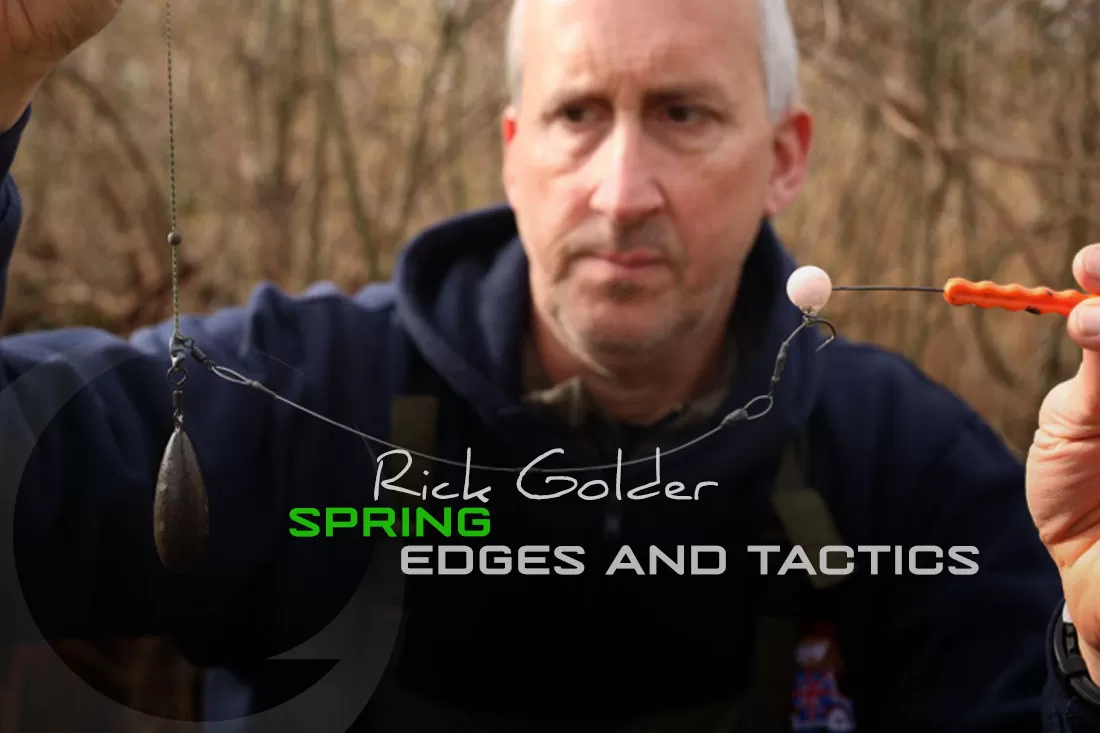
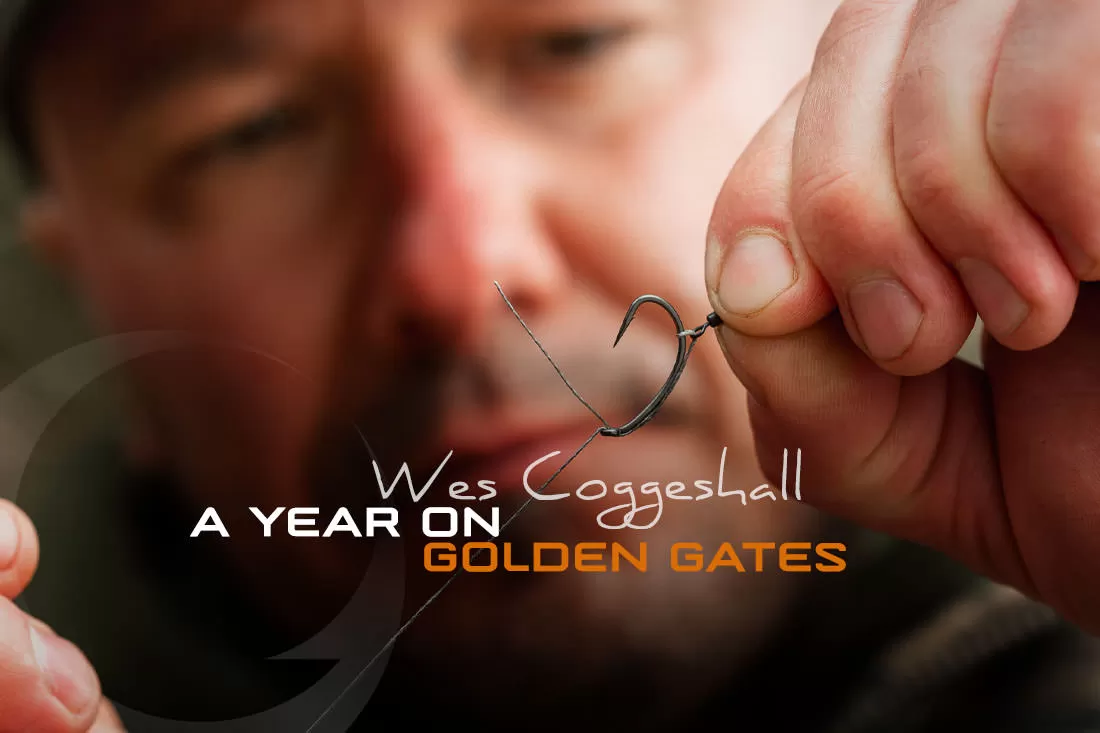
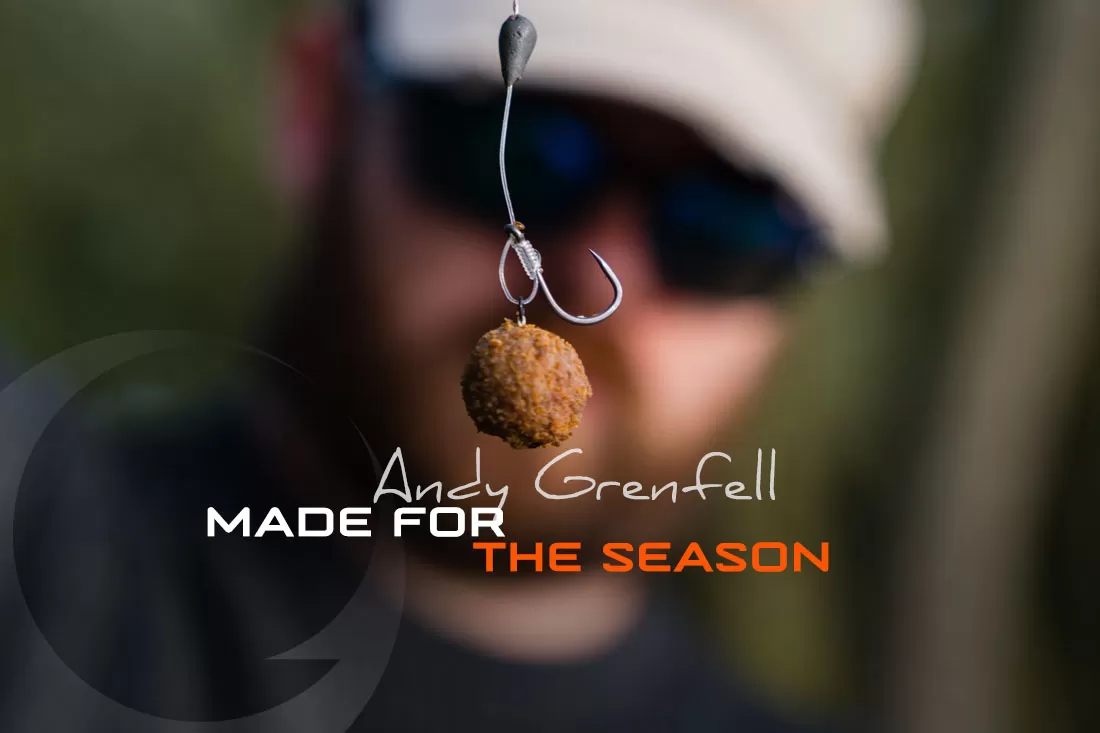
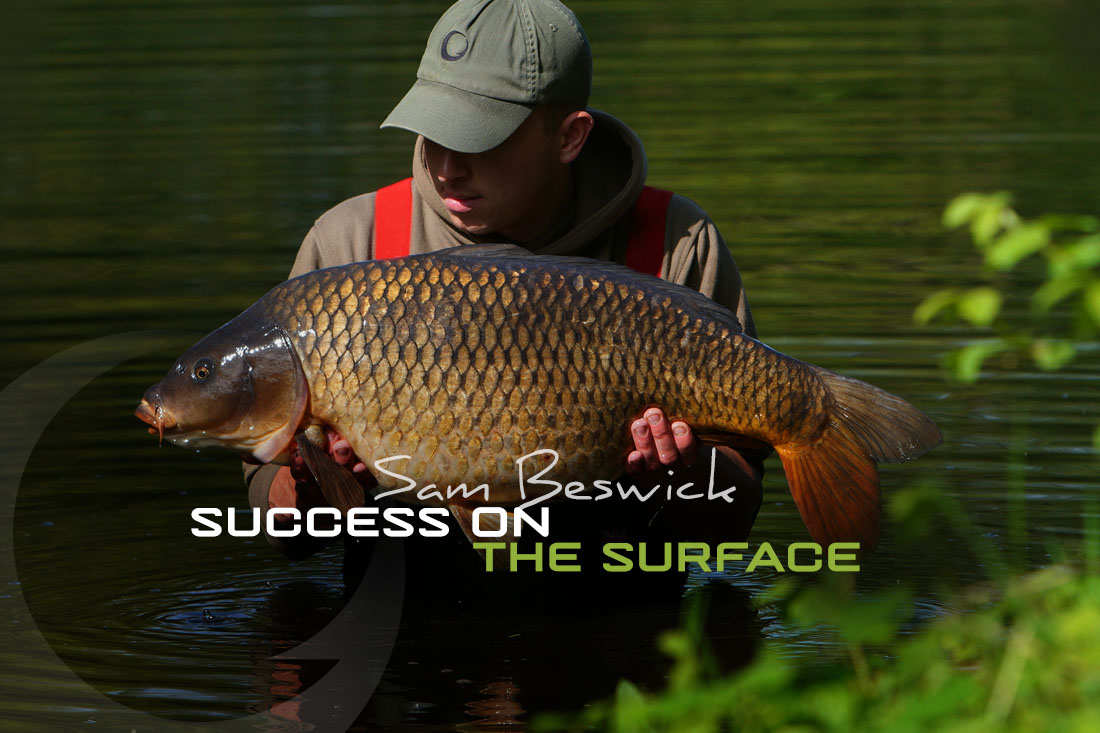
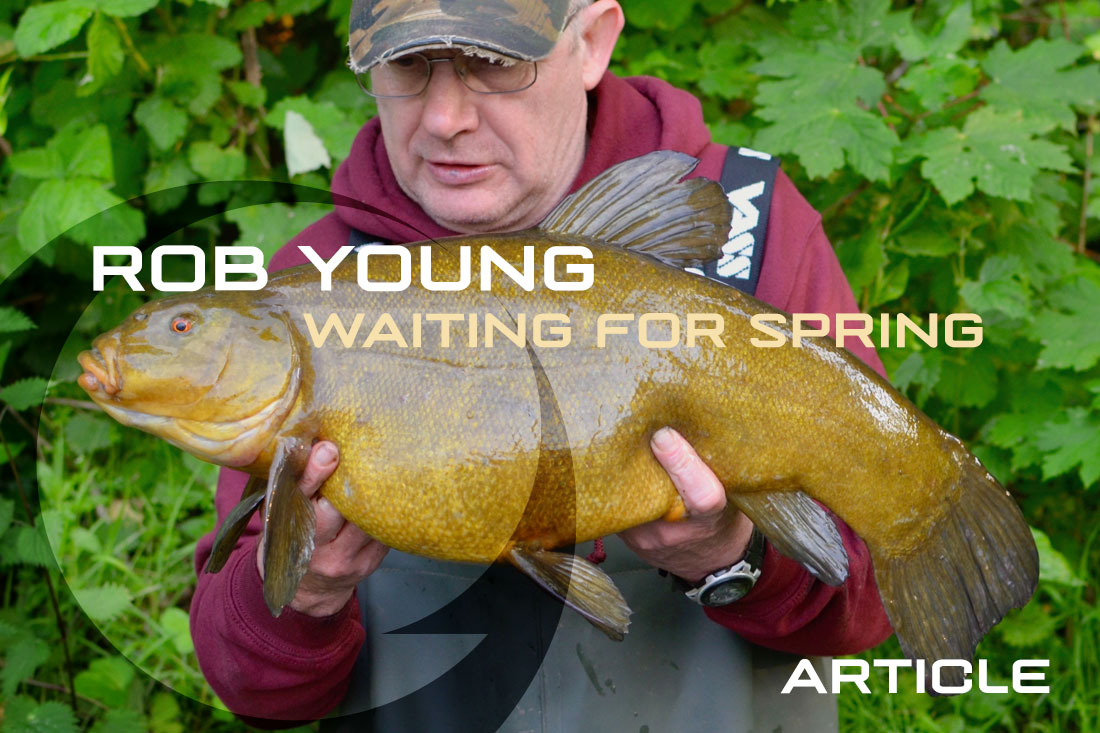
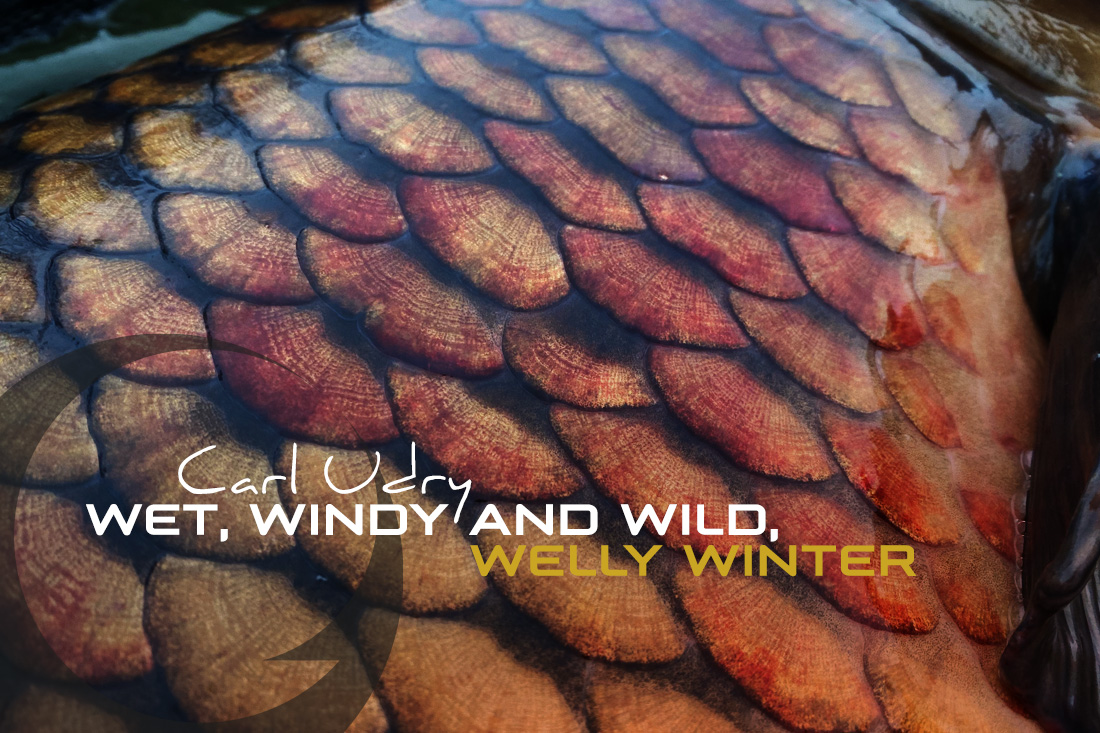
Leave A Comment